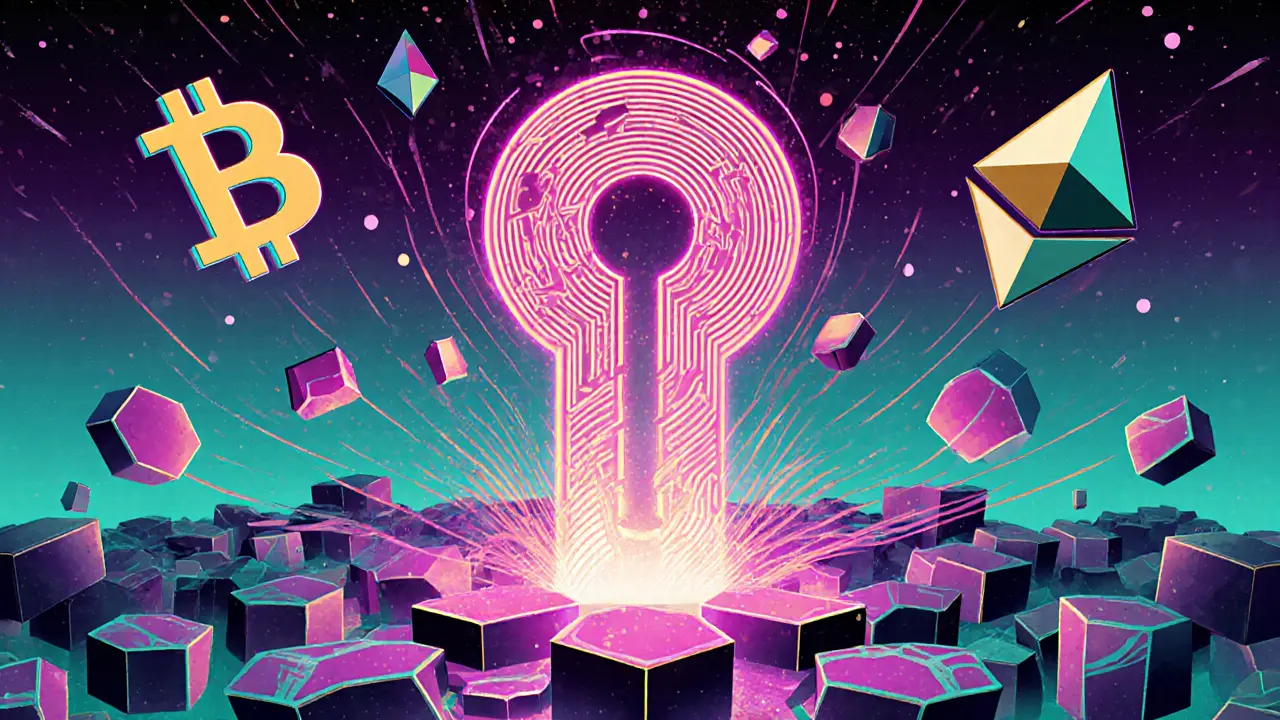Bitcoin signature: How digital signatures secure Bitcoin transactions
When you send Bitcoin, you’re not handing over cash—you’re proving you own it with a Bitcoin signature, a cryptographic proof that only the owner of a private key can generate. This signature is the core of Bitcoin’s security—it’s what stops anyone else from spending your coins, even if they know your public address. Without it, Bitcoin would be just a list of numbers with no way to verify who actually controls them.
The system behind this is called ECDSA, Elliptic Curve Digital Signature Algorithm, a math-heavy but efficient way to create unforgeable proof. Your private key, which you keep secret, generates a unique signature for every transaction. That signature is then checked against your public key—something anyone can see on the blockchain—to confirm it matches. No one can fake it. No one can reuse it. And if you lose your private key, there’s no reset button. That’s why wallet security isn’t optional—it’s the only thing standing between you and losing everything.
This isn’t just theory. Every Bitcoin transaction you’ve ever seen, whether it’s buying coffee or sending money across the world, runs on this same system. Even when you use a wallet app or exchange, they’re still relying on this underlying mechanism to move funds. That’s why scams targeting your seed phrase or private key work—they’re not hacking the blockchain. They’re stealing the key to your signature.
Related concepts like digital signature, a broader term for cryptographic authentication used in everything from emails to software updates, show up in many areas of crypto, but Bitcoin’s use of ECDSA is what makes it trustless. You don’t need a bank, a government, or a middleman. You just need the math to work—and it does, every single time.
What you’ll find below are real-world examples of how this works under the hood, from transaction breakdowns to why some crypto projects fail because they misunderstand this basic principle. You’ll also see how bad actors try to trick people into signing malicious transactions—and how to protect yourself. This isn’t about theory. It’s about what actually keeps your Bitcoin safe.
How to Create a Digital Signature for Crypto Transactions: A Step-by-Step Guide
Learn how digital signatures secure crypto transactions using ECDSA, private keys, and SHA-256 hashing. Avoid common mistakes and use trusted libraries to keep your funds safe on Bitcoin, Ethereum, and other blockchains.
